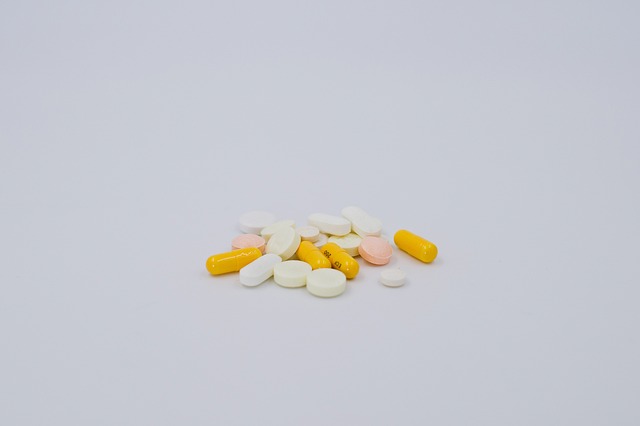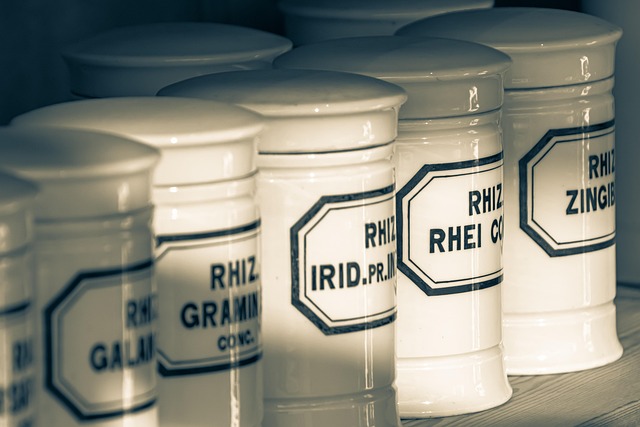Mold remediation is a complex process involving inspection, containment, cleanup, drying, and restoration. The duration varies from 1-3 days for minor issues to up to a week or more for severe cases, depending on mold type, affected area size, and water damage extent. Professionals use specialized equipment, protective gear, and tailored cleaning agents throughout the meticulous process to ensure safe, effective remediation. Early detection is key to minimizing cleanup time and promoting a healthy environment.
“Discovering mold in your home or business can be unsettling, but understanding the professional mold removal process is key to a successful and swift resolution. This comprehensive guide breaks down the step-by-step journey of mold remediation, from initial assessment to final restoration. Learn about safety precautions, advanced cleaning methods, and effective drying techniques employed by experts. Additionally, we explore critical factors like personal protective equipment (PPE) and how long it typically takes to remediate mold, offering valuable insights for informed decision-making.”
- Understanding the Mold Remediation Process
- Assessing the Extent of Mold Infestation
- Safety Precautions and Personal Protective Equipment (PPE)
- Methods of Mold Removal and Cleaning
- Drying and Dehumidification Techniques
- How Long Does Mold Remediation Take?
Understanding the Mold Remediation Process

Mold remediation is a systematic process designed to identify, contain, and eliminate mold from affected areas. It begins with an extensive inspection to pinpoint the source and extent of moisture intrusion, which often leads to mold growth. Experts carefully assess the situation to determine the type and severity of contamination. Once identified, the containment phase kicks in, where the area is isolated to prevent the spread of spores during cleanup. This critical step ensures that the remediation process follows strict protocols for safety and effectiveness.
The actual removal process involves several techniques tailored to the specific mold type and surface affected. This may include hepa vacuum cleaning, air scrubbing, and the use of specialized chemicals to kill and remove mold. After cleanup, surfaces are thoroughly dried, and ventilation is improved to prevent future moisture buildup. The duration of mold remediation can vary significantly, depending on factors like the size of the affected area, the type and extent of mold growth, and the necessary restoration work. On average, it can take several days to a week for thorough cleaning and restoration, but more extensive cases may require additional time.
Assessing the Extent of Mold Infestation

After a professional is called in for mold removal, the first step is always a thorough assessment to determine the extent of the infestation. This involves inspecting the affected areas and taking samples to identify the type and severity of mold present. During this process, experts will look for signs of water damage or leaks since mold thrives in moist environments. They’ll assess the size of the affected area and how long it’s been compromised, as this dictates the scope of the remediation project.
The assessment also includes evaluating the overall health of the structure to understand potential impacts on air quality and structural integrity. Depending on these findings, a specialized plan for mold remediation is developed, considering factors like the type of mold, its location, and how long it’s been present—all crucial elements in determining how long the mold remediation process will take.
Safety Precautions and Personal Protective Equipment (PPE)

During professional mold removal, safety is paramount. Before beginning any remediation work, which can typically take anywhere from a few days to several weeks depending on the extent of the mold growth, technicians must ensure a secure and safe environment for themselves and clients. This involves implementing stringent safety precautions and donning appropriate Personal Protective Equipment (PPE). The PPE includes water-resistant garments, eye protection, respiratory masks, and gloves designed to protect against mold spores and other hazardous substances. These measures safeguard workers from potential health risks associated with mold exposure, such as allergic reactions, respiratory issues, or more severe conditions like mold toxicosis.
Proper ventilation is another critical aspect of safety during mold remediation. Technicians use air scrubbers and negative-pressure containment to remove contaminated air and prevent the spread of mold spores both inside the affected area and beyond. This meticulous approach ensures that once the mold is removed, it doesn’t reenter living spaces or other areas where people gather, making the remediation process not just effective but also safe.
Methods of Mold Removal and Cleaning

Mold removal is a meticulous process, and the methods employed depend on the extent of the infestation. Professionals use specialized equipment to contain and remove mold effectively. This initial step is crucial as it prevents further spread during cleanup. The process often involves protective gear for the technicians and advanced air filtration systems to ensure a safe environment.
After containment, trained personnel will carefully clean the affected areas. This includes removing contaminated materials, sanitizing surfaces, and using specific cleaning agents to kill any remaining mold spores. The duration of mold remediation varies; it can take several days to weeks, depending on how long the issue has gone unnoticed and the size of the infestation, emphasizing the importance of early detection in minimizing the time and effort required for successful mold removal.
Drying and Dehumidification Techniques

After the initial containment and removal of visible mold, a critical step in professional mold removal is drying and dehumidification. This process involves using specialized equipment to reduce moisture levels in the affected area below 50% relative humidity. It’s crucial for preventing further mold growth and ensuring a safe environment for occupants. The duration of this phase directly impacts the overall mold remediation time; it can typically range from several days to a week or more, depending on the extent of water damage and the size of the affected area.
Professionals employ various techniques such as air movement fans, dehumidifiers, and desiccants to expedite drying. These methods not only remove moisture from surfaces but also from hard-to-reach areas like wall cavities and floor joists. Once humidity levels are effectively controlled, the environment is ready for the final cleanup and restoration steps, ensuring a thorough and complete mold remediation.
How Long Does Mold Remediation Take?

Mold remediation projects can vary greatly in scope and complexity, which directly impacts the time required to complete them. On average, a professional mold removal service will take anywhere from 1-3 days to effectively address and remediate a mold issue. However, for larger or more severe cases, it might extend up to a week or longer.
The duration depends on several factors, such as the type and extent of mold growth, the size of the affected area, and the specific remediation techniques employed. It’s important to note that professionals will assess the situation, contain the mold, carefully clean and disinfect the area, and ensure all visible signs of mold are eliminated before considering the job complete. This meticulous process is crucial for maintaining a healthy environment and preventing future mold growth.
